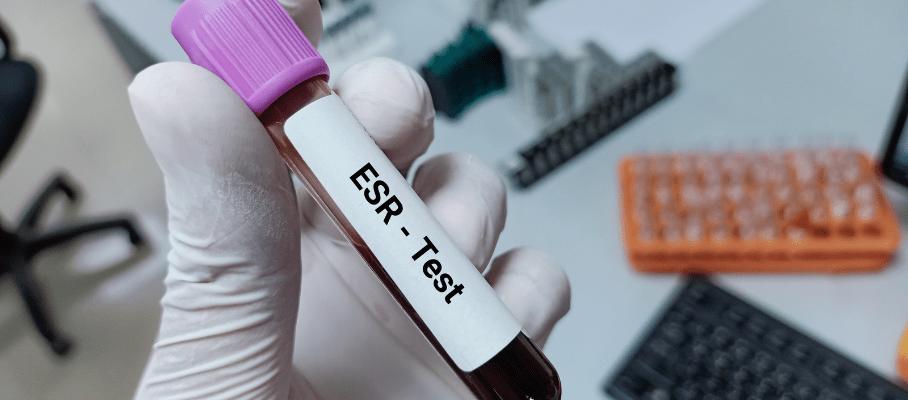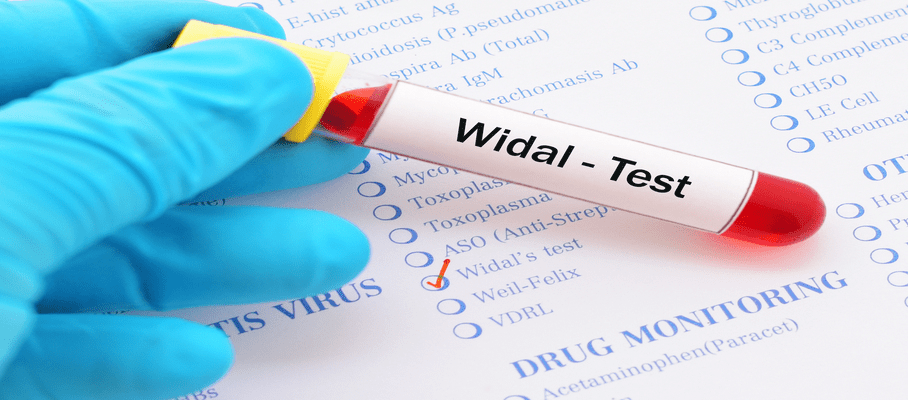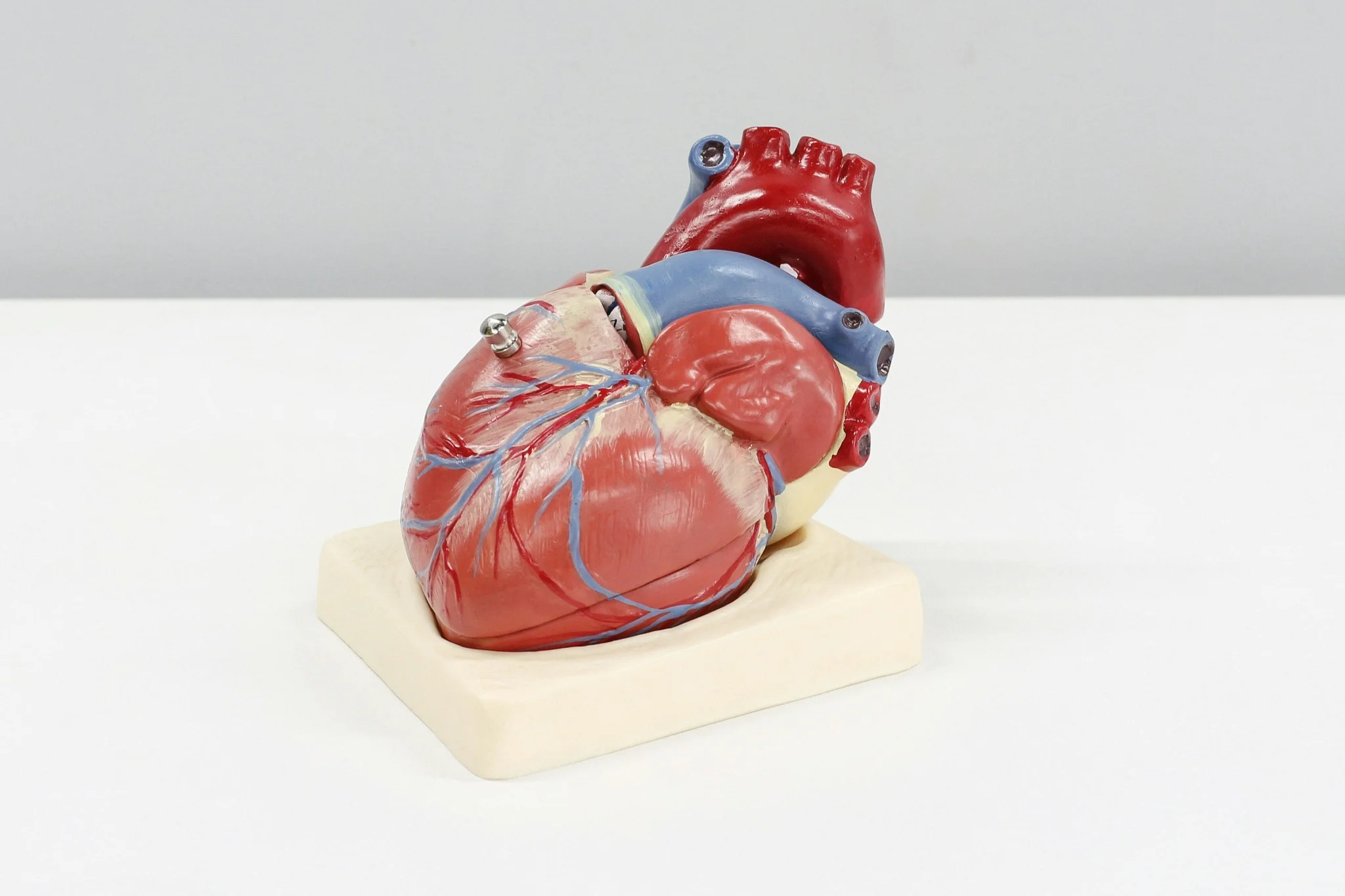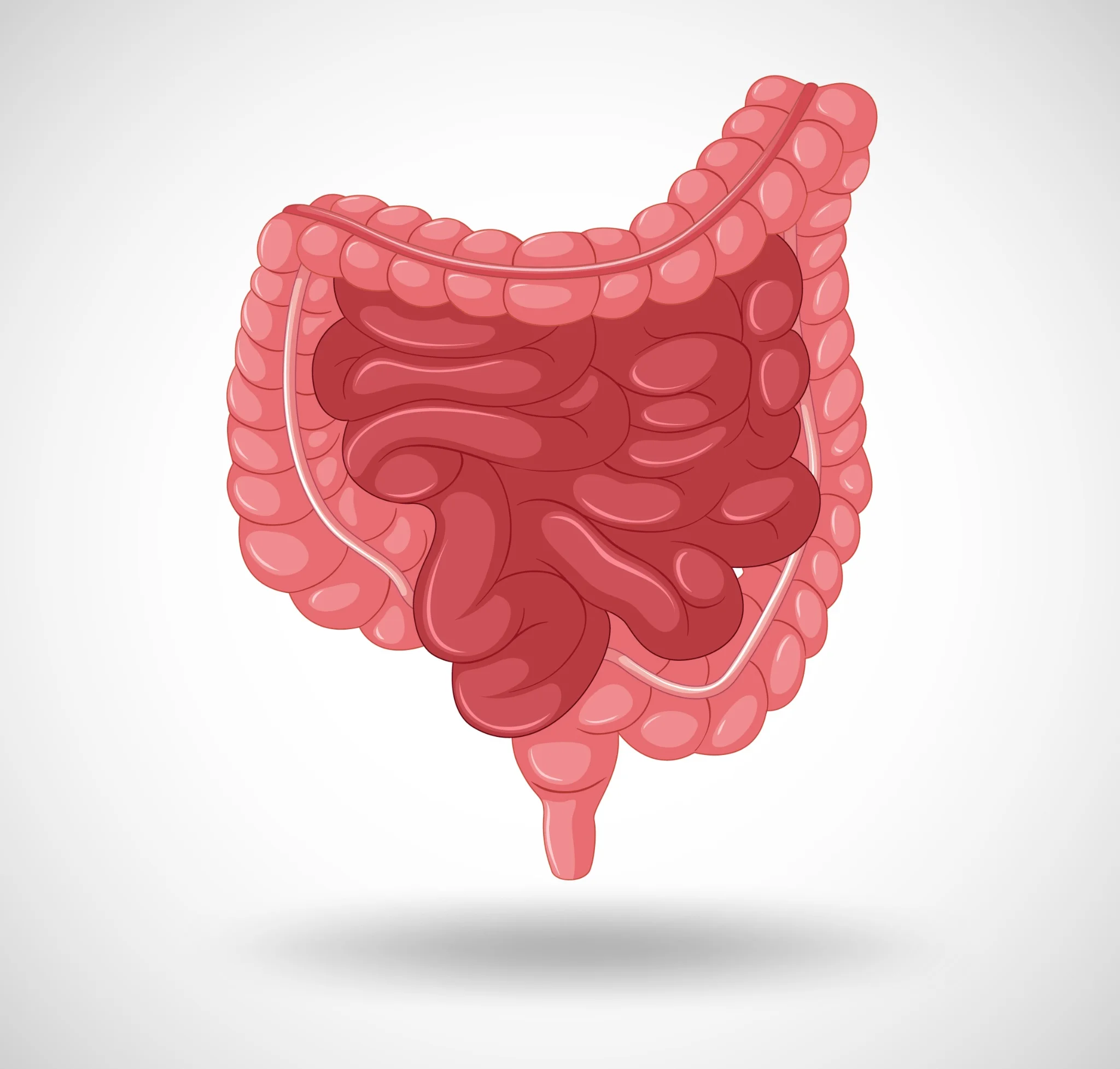Preventive Healthcare
Pulmonary Hypertension: Symptoms, Causes, and Latest Treatment Options
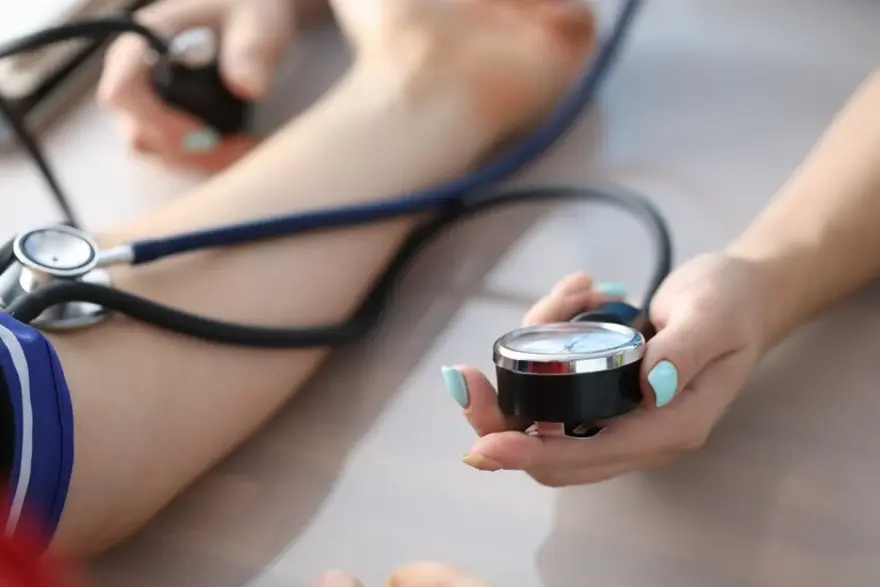
Table of Contents
- What is pulmonary hypertension?
- How does pulmonary hypertension affect my body?
- What are the different types of pulmonary hypertension?
- Who does pulmonary hypertension affect?
- How common is pulmonary hypertension?
- What are the first symptoms of pulmonary hypertension?
- What are the later symptoms of pulmonary hypertension?
- What are the stages of pulmonary hypertension?
- What causes pulmonary hypertension?
- How is pulmonary hypertension diagnosed?
- What tests diagnose pulmonary hypertension?
- What is the treatment for pulmonary hypertension?
- What medications treat pulmonary hypertension?
- How can we prevent pulmonary hypertension?
- What is the outlook for people with pulmonary hypertension?
- What is the life expectancy for people with pulmonary hypertension?
- Is pulmonary hypertension fatal?
- What dietary changes should we make?
- Conclusion
What is pulmonary hypertension?
Pulmonary hypertension is a condition characterised by high blood pressure in the pulmonary arteries. These arteries are responsible for carrying oxygen-poor blood from the right side of the heart to the lungs, where it picks up oxygen. When the pressure in these arteries rises above normal levels, it puts extra strain on the right ventricle of the heart, which must work harder to pump blood through the lungs. This increased workload can cause the heart muscle to weaken over time, leading to right-sided heart failure if left untreated.
How does pulmonary hypertension affect my body?
The effects of pulmonary hypertension on the body can be significant. As the pressure in the pulmonary arteries increases, the right ventricle of the heart must work harder to pump blood through the lungs. This extra strain can cause the heart muscle to enlarge and weaken, leading to right-sided heart failure. Additionally, the increased pressure in the pulmonary arteries can cause them to narrow and become less flexible, further impeding blood flow. This can result in a lack of oxygen in the blood, causing symptoms such as shortness of breath, fatigue, and dizziness. Over time, pulmonary hypertension can also lead to liver and kidney problems, as well as swelling in the legs and ankles due to fluid retention.
What are the different types of pulmonary hypertension?
There are several types of pulmonary hypertension, each with its own causes and characteristics:
- Idiopathic Pulmonary Arterial Hypertension (IPAH): This type has no known cause and is also referred to as primary pulmonary hypertension.
- Heritable PAH: Caused by genetic mutations passed down through families.
- Drug- and Toxin-Induced PAH: Resulting from the use of certain medications or exposure to toxins.
- PAH Associated with Other Conditions: This includes conditions such as heart disease, lung disease, and connective tissue disorders.
- Secondary Pulmonary Hypertension: Caused by underlying medical conditions, such as obstructive sleep apnoea, chronic lung diseases, and left-sided heart disease.
Understanding the type of pulmonary hypertension you have is crucial for determining the most appropriate treatment plan.
Who does pulmonary hypertension affect?
Pulmonary hypertension can affect people of all ages and backgrounds, but it is more common in certain groups. Women are more likely to develop idiopathic PAH than men, and the condition is most often diagnosed in people between the ages of 30 and 60. Individuals with certain underlying health conditions, such as heart or lung diseases, are also at higher risk of developing pulmonary hypertension.
How common is pulmonary hypertension?
Pulmonary hypertension is considered a rare disorder, affecting an estimated 15-50 individuals per million population. However, the actual prevalence may be higher, as the condition is often misdiagnosed or goes unrecognised.
What are the first symptoms of pulmonary hypertension?
The early symptoms of pulmonary hypertension can be subtle and may include:
-
Shortness of breath during normal activities
-
Fatigue
-
Dizziness or fainting spells
-
Chest pain or pressure
What are the later symptoms of pulmonary hypertension?
As pulmonary hypertension progresses, symptoms may worsen and include:
-
Shortness of breath even at rest
-
Swelling in the legs, ankles, or abdomen
-
Bluish discolouration of the lips and skin (cyanosis)
-
Rapid or irregular heartbeat
-
Dry cough
What are the stages of pulmonary hypertension?
Pulmonary hypertension is classified into four functional classes based on the severity of symptoms:
-
Class 1: No limitation of physical activity. Ordinary physical activity does not cause undue dyspnoea, fatigue, chest pain, or near-syncope.
-
Class 2: Slight limitation of physical activity. Comfortable at rest, but ordinary physical activity causes undue dyspnoea, fatigue, chest pain, or near-syncope.
-
Class 3: Marked limitation of physical activity. Comfortable at rest, but less than ordinary activity causes undue dyspnoea, fatigue, chest pain, or near-syncope.
-
Class 4: Inability to carry out any physical activity without symptoms. Dyspnoea and/or fatigue may be present even at rest, and discomfort is increased by any physical activity.
What causes pulmonary hypertension?
The causes of pulmonary hypertension can vary depending on the type:
-
Idiopathic PAH: The cause is unknown.
-
Heritable PAH: Caused by genetic mutations.
-
Drug- and Toxin-Induced PAH: Caused by certain medications (e.g., some appetite suppressants) or illicit drugs (e.g., cocaine).
-
PAH Associated with Other Conditions: Caused by underlying conditions such as congenital heart disease, connective tissue disorders (e.g., scleroderma), HIV infection, and liver disease.
-
Secondary Pulmonary Hypertension: Caused by conditions that affect the left side of the heart, lungs, or both, such as:
-
Left-sided heart disease (e.g., mitral valve disease, long-term high blood pressure)
-
Lung diseases (e.g., COPD, interstitial lung disease, sleep apnoea)
-
Chronic blood clots in the lungs
-
Metabolic disorders
How is pulmonary hypertension diagnosed?
Diagnosing pulmonary hypertension involves a combination of tests and procedures:
- Physical exam: Your doctor will listen to your heart and lungs and check for signs of swelling, cyanosis, and other symptoms.
- Echocardiogram: This ultrasound test shows how well your heart is functioning and can estimate the pressure in your pulmonary arteries.
- Right heart catheterisation: This invasive test directly measures the pressure in your pulmonary arteries and is considered the gold standard for diagnosing pulmonary hypertension.
- Chest X-ray and CT scan: These imaging tests can show the size and condition of your heart and lungs.
- Pulmonary function tests: These tests measure how well your lungs are working and can help identify underlying lung diseases.
- Blood tests: These can help rule out other conditions that may be causing your symptoms.
What tests diagnose pulmonary hypertension?
Several tests are used to diagnose pulmonary hypertension, including:
-
Echocardiogram: Uses sound waves to create images of the heart and estimate pulmonary artery pressure.
-
Right heart catheterisation: Measures pressure in the pulmonary arteries directly and is the definitive test for diagnosing pulmonary hypertension.
-
Chest X-ray and CT scan: Provide images of the heart and lungs to assess their size and condition.
-
Pulmonary function tests: Measure lung capacity and function to identify underlying lung diseases.
-
Blood tests: Help rule out other conditions and assess overall health.
-
Cardiac MRI: Provides detailed images of the heart and can measure blood flow.
What is the treatment for pulmonary hypertension?
Treatment for pulmonary hypertension aims to improve symptoms, increase exercise tolerance, and slow disease progression. Options may include:
-
Medications: Vasodilators, endothelin receptor antagonists, phosphodiesterase-5 inhibitors, and prostacyclins help relax and widen blood vessels, reducing the workload on the heart.
-
Oxygen therapy: Supplemental oxygen can help improve breathing and reduce strain on the heart.
-
Lifestyle changes: Maintaining a healthy diet, exercising regularly, and avoiding high altitudes and air travel can help manage symptoms.
-
Surgery: In severe cases, a lung or heart-lung transplant may be necessary.
What medications treat pulmonary hypertension?
Several types of medications are used to treat pulmonary hypertension, including:
-
Vasodilators (e.g., epoprostenol, treprostinil)
-
Endothelin receptor antagonists (e.g., bosentan, ambrisentan)
-
Phosphodiesterase-5 inhibitors (e.g., sildenafil, tadalafil)
-
Soluble guanylate cyclase stimulators (e.g., riociguat)
How can we prevent pulmonary hypertension?
While some forms of pulmonary hypertension cannot be prevented, you can take steps to reduce your risk:
-
Manage underlying health conditions, such as heart and lung diseases.
-
Avoid medications and substances that may cause or worsen pulmonary hypertension.
-
Maintain a healthy lifestyle, including regular exercise, a balanced diet, and not smoking.
-
Attend regular check-ups with your healthcare provider.
What is the outlook for people with pulmonary hypertension?
The outlook for people with pulmonary hypertension varies depending on the type and severity of the condition. With proper treatment and management, many people can improve their symptoms and quality of life.
What is the life expectancy for people with pulmonary hypertension?
Life expectancy for people with pulmonary hypertension depends on factors such as the type of PH, the severity of symptoms, and the response to treatment. Early diagnosis and appropriate treatment can significantly improve outcomes.
Is pulmonary hypertension fatal?
While pulmonary hypertension can be a serious and progressive condition, it is not always fatal. With proper management and treatment, many people with PH can live for years after diagnosis.
What dietary changes should we make?
Adopting a heart-healthy diet can help manage pulmonary hypertension symptoms and improve overall health:
-
Limit salt intake to reduce fluid retention and swelling.
-
Eat a variety of fruits, vegetables, whole grains, and lean proteins.
-
Avoid excessive amounts of saturated and trans fats.
-
Maintain a healthy weight
-
Stay hydrated by drinking plenty of water.
Conclusion
Pulmonary hypertension is a complex condition that requires careful management and ongoing care. By understanding the causes, symptoms, and treatment options, you can work with your healthcare provider to develop a plan that helps you maintain the best possible quality of life. Remember, early diagnosis and appropriate treatment are key to managing pulmonary hypertension effectively. If you suspect you or a loved one may have PH, don't hesitate to seek medical advice. At Metropolis Healthcare, our team of experts is dedicated to providing accurate diagnostic services and personalised care to help you prioritise your health and well-being.



